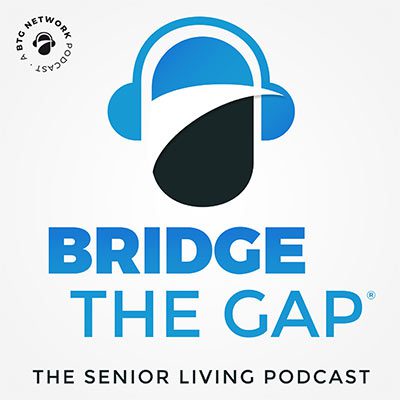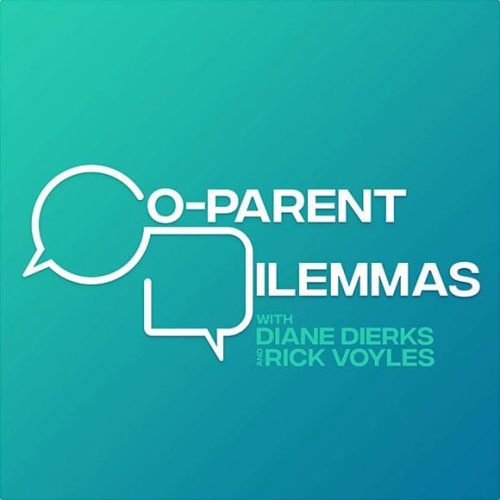Bridging the Generation Gap: Key Tactics for Business Success
Image Created via Microsoft Designer

To accomplish business goals, it is necessary to manage the characteristics of multiple generations effectively.
In today’s rapidly changing business environment, one of the most significant difficulties that organizations must face is the management of a diverse workforce that includes employees from several generations. Every generation, from the Baby Boomers to the members of Generation Z, carries their own set of qualities, points of view, and approaches to work. Increasing your company’s Innovation, productivity, and overall success can be accomplished by effectively utilizing this variety in your organization. Let’s look into how you can navigate and capitalize on the various characteristics of different generations to achieve your company goals.
Comprehending the Differences Between Generations
These individuals, born between 1946 and 1964, are known as Baby Boomers. They are known to prioritize loyalty, hard work, and face-to-face communication. In addition to having a plethora of knowledge to contribute, they frequently favor working in more regimented surroundings.
Generation X: Individuals born between 1965 and 1980 are characterized by their strong sense of autonomy, adaptability, and entrepreneurial spirit. They value work-life balance and actively seek out opportunities for professional development.
(Generation Y) Millennials: Millennials, who were born between 1981 and 1996, are computer literate, collaborative, and highly emphasize meaningful work. They thrive in workplaces with purpose, flexibility, and ongoing learning opportunities.
The currently working youngest generation, Gen Z, comprises individuals born between the middle of the 1990s and the early 2010s. These individuals are digital natives, innovative, and socially sensitive. They prioritize diversity and inclusiveness, as well as Employment that is congruent with their core beliefs.
Understanding the Differences Between Generations
Communication Methods and Styles: Adjust your communication tactics to suit different tastes. While members of the Baby Boomer Generation could choose in-person meetings, members of the Gen Z generation might favor instant messaging or video chats.
In this episode of The Breakfast Leadership Show titled “Foundational Fridays: Embracing Generational Diversity,” Jon, a prominent generational advocate, delves into the complexities and benefits of generational diversity in the workplace. Throughout the discussion, Jon shares insights on how understanding and embracing the unique characteristics of different generations can foster a more inclusive and productive work environment.
The Work Environment: Establish an adaptable work environment accommodating various requirements. Provide opportunities for working from home, flexible scheduling, and technological solutions that facilitate collaboration between people of different generations.
Feedback and appreciation: Providing feedback and appreciation relevant to individual generations is essential as a good thing. While members of the Baby Boomer generation may value formal acknowledgment, members of the Millennial and Gen Z generations may prioritize instant feedback and prospects for advancement.
Education and Development: Provide various educational and development programs to accommodate multiple learning styles. Combining traditional training methods with digital platforms will make your training more accessible to people of all ages.
Encourage employee collaboration and teamwork by cultivating a culture of cooperation in which employees of varying generations can exchange ideas, learn from one another, and work together to achieve shared objectives. Mentorship programs should be encouraged to help bridge the generational gap and facilitate the transfer of information.
Conclusion
A strategic strategy is required to manage the characteristics of various generations successfully. This approach must embrace diversity, develop inclusivity, and promote a culture of continual learning and collaboration. In today’s rapidly changing business environment, organizations can encourage innovation, improve employee engagement, and accomplish their business goals by gaining an awareness of the distinct capabilities that each generation possesses and utilizing those strengths successfully.
FAQs:
What are some ways organizations might address conflicts that develop due to disparities across generations?
Michael D. Levitt offers the following advice: “Organizations can address conflicts that arise from generational differences by fostering open communication and understanding through understanding.” It is important to encourage team members to actively listen to each other’s points of view and contribute their opinions. It is essential to provide training programs that emphasize diversity, inclusion, and conflict resolution to foster an environment conducive to peaceful work.
What part does leadership play when it comes to managing a workforce that spans multiple generations?
As stated by Michael D. Levitt, “Leadership functions as an essential component in the management of a workforce that spans multiple generations.” Influential leaders can comprehend the distinctive qualities associated with each generation and develop inclusive policies and procedures. The culture they cultivate is one of respect, collaboration, and ongoing education, and they encourage teams to use their different capabilities to accomplish shared objectives.
What specific tactics are available to attract and maintain talent from Generation Z?
Michael D. Levitt suggests that enterprises should provide purpose-driven employment, Growth and development opportunities, and a flexible working environment to attract and retain Generation Z talent. They should also use digital platforms for recruitment, bring attention to the firm’s values and social impact, and provide Gen Z employees with meaningful feedback and recognition.
What measures can businesses take to ensure that all generations have equal access to opportunities to develop their careers?
Michael D. Levitt believes that businesses can ensure equitable opportunities for career advancement by implementing transparent promotion criteria, providing mentorship programs, and offering training and development initiatives for all generations. “These are all things that businesses can do.” Collaboration between employees of different generations should be encouraged, and employees should be given opportunities to demonstrate their skills and abilities.
What are some of the most common misunderstandings regarding generational differences in the workplace?
“One common misconception is that generational differences lead to conflict and division in the workplace,” Michael D. Levitt explains. This is not the case.” Having a variety of perspectives can be a source of innovation and creativity. It is a common misunderstanding that younger generations are less dedicated or diligent than older generations. However, this is different. The contributions and strengths that each generation brings to the table are distinct.
Originally Published on https://www.breakfastleadership.com/
























